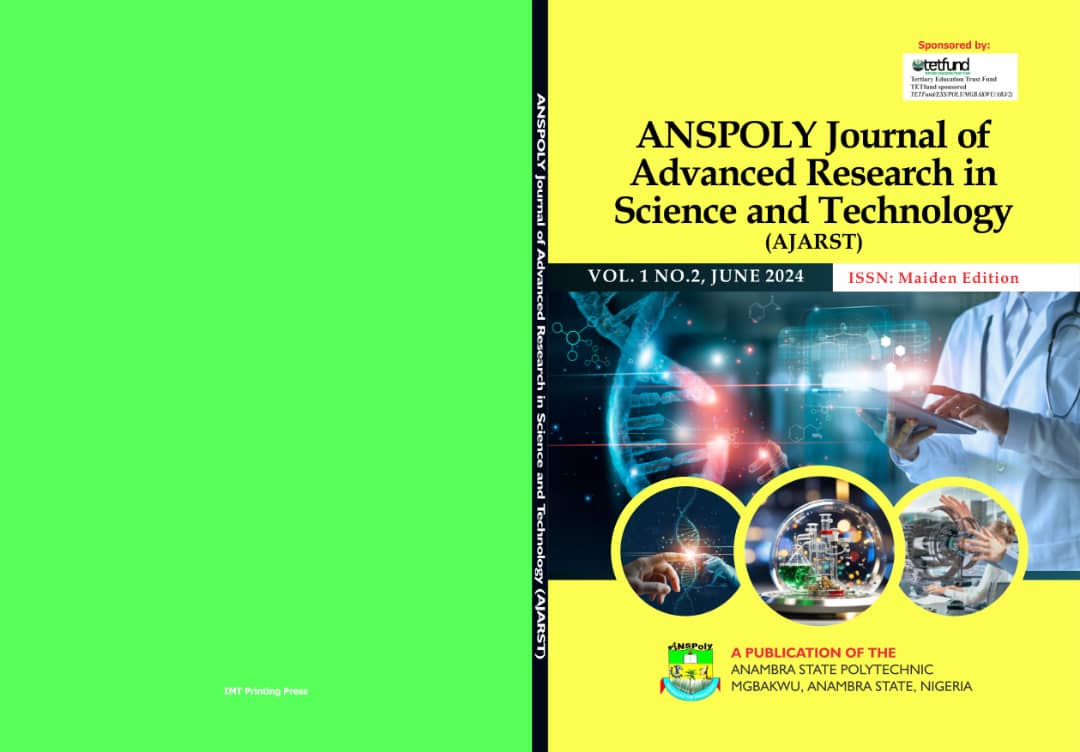QUALITY EVALUATION OF COOKIES PRODUCED FROM COMPOSITE FLOUR OF WHEAT AND TIGERNUT RESIDUE
Keywords:
Tigernut residue, composite flour, cookiesAbstract
This study was carried out to determine the quality properties of cookies produced from blends of wheat flour and tigernut residue flours. The fresh tigernuts were selected, washed, crushed and the milk was extracted. The residue remaining after milk extraction was dried, milled into flour and then sieved. Composite flours were formulated by blending wheat flour with the tigernut residue flour in the ratios of 100:0, 90:10, 80:20, 70:30, 60:40 and 50:50 and were labeled as SWT, SWU, SWV, SWW, SWX and SWY respectively. These composite flours were used to produce cookies which were subjected to sensory evaluation using a 9 point Hedonic Scale. The results revealed mean scores ranging from 6.90 – 8.70 for colour, 6.50 – 8.60 for texture, 6.50 – 8.70 for taste, 6.60 –8.60 for flavour and 6.60 – 9.00 for overall acceptability indicating that all the samples were generally liked. However, the most preferred sample which were SWT, SWU and SWV which had overall acceptability scores of 9.00, 8.40 and 7.90 respectively were further analyzed for their proximate composition using standard analytical methods. The results obtained were 3.13 – 3.58 % for moisture, 14.45 – 15.61 % for crude protein, 6.17 – 7.37 % for crude fat, 0.00 – 0.63 % for crude fibre, 0.57 – 1.50 % for ash and 73.27 –74.29 % for carbohydrate content. This study concludes that tigernut residue flours could therefore be a viable substitute for wheat flour; this will help to reduce the huge amount of money spent in importation of wheat flour



